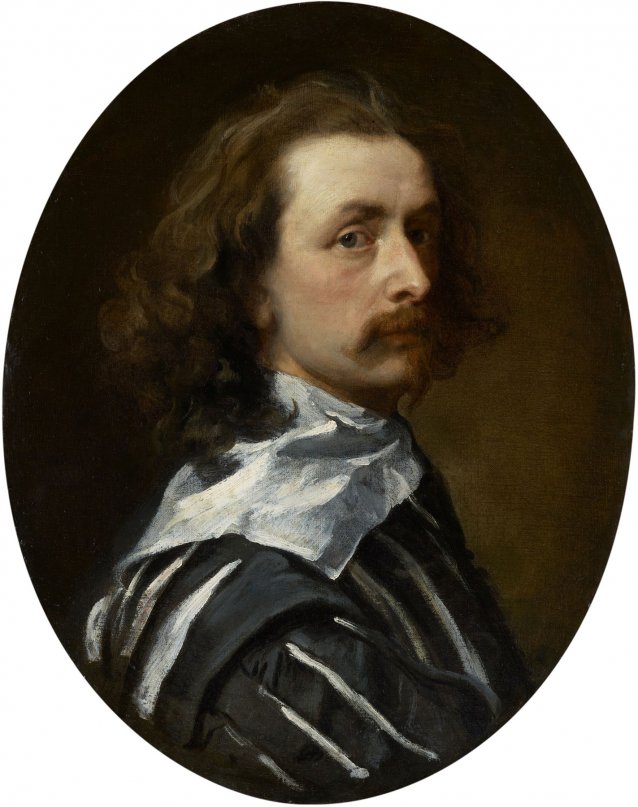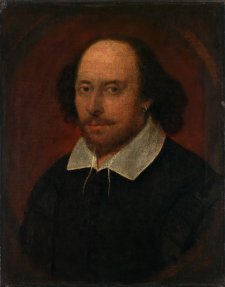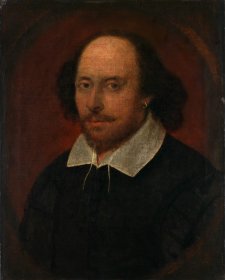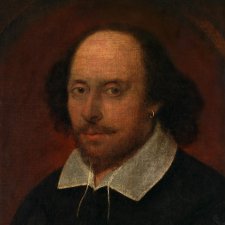Anthony van Dyck (1599–1641) was the most influential painter to have worked in Britain during the seventeenth century. He decisively turned British portraiture away from the stiff, intricately detailed, formal approach of Tudor and Jacobean painting, towards a distinctive fluid, shimmering style that was to dominate British portraiture until the early years of the twentieth century.
This work is probably the last, and arguably the finest, of Van Dyck’s seven known self portraits. He is shown in the act of painting, the line of his arm suggesting his hand is raised in the process of applying paint to a canvas. The marked contrast between the broad and rapid handling of the costume and the high level of finish in the face may suggest that the costume is unfinished, or that this self portrait is more experimental than his grand commissioned works. The frame of this painting, crested with the sunflower motif associated with the artist, is of outstanding importance and is likely to have been designed with van Dyck’s involvement.
National Portrait Gallery, London.
Purchased with support from the National Lottery Heritage Fund, the Art Fund in honour of David Verey CBE (Chairman of the Art Fund 2004-2014), the Portrait Fund, The Monument Trust, the Garfield Weston Foundation, the Aldama Foundation, the Deborah Loeb Brice Foundation, Sir Harry Djanogly CBE, Mr and Mrs Michael Farmer. Matthew Freud, Catherine Green, Dr Bendor Grosvenor, Alexander Kahane, the Catherine Lewis Foundation, the Material World Foundation, The Sir Denis Mahon Charitable Trust, Cynthia Lovelace Sears, two major supporters who wish to remain anonymous, and many contributions from the public following a joint appeal by the National Portrait Gallery and the Art Fund, 2014
© National Portrait Gallery, London
















